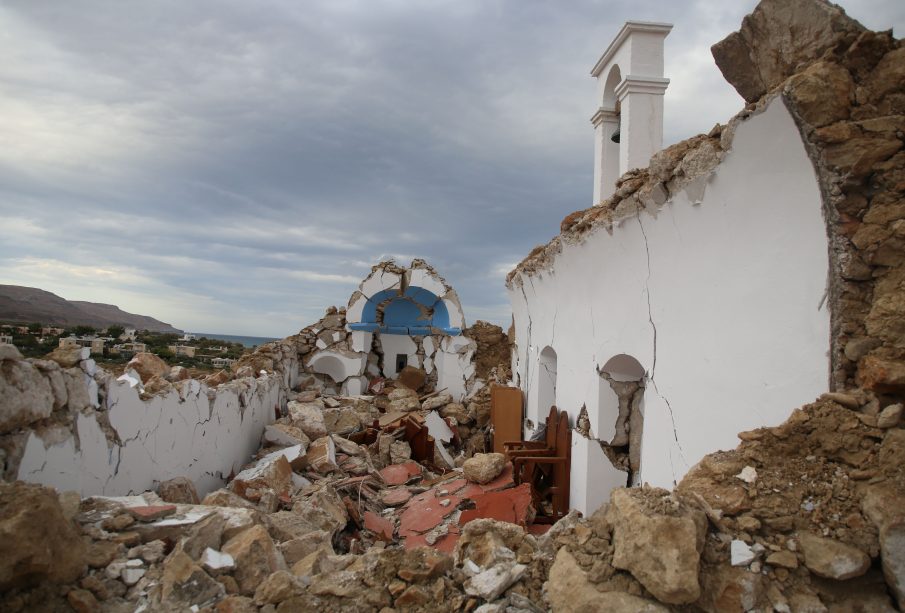Greece’s Seismic Landscape: A Year of Notable Earthquake Activity Across the Region

Understanding Greece’s Seismic Activity in 2025
Earthquakes are a common occurrence throughout Greece, with varying intensities across different regions. While mainland areas and nearby islands typically experience milder tremors, more frequent and powerful quakes tend to occur along the southern island arc, including the Ionian Islands, Peloponnese, Crete, and South Aegean Islands.
Recent Significant Events
One of the most notable events occurred on May 22, 2025, when a 6.2-magnitude earthquake struck 55 kilometers north of Crete in the sea. While the tremor was felt in surrounding areas like Santorini, it fortunately caused no significant damage.
The year 2025 has seen particularly heightened seismic activity, with 589 earthquakes of magnitude 4 or higher detected within 300 kilometers of Greece, the strongest reaching magnitude 6.2.
Expert Analysis and Safety Measures
According to Rémy Bossu, Secretary-General of the European-Mediterranean Seismological Centre, while Greece remains a seismically active region, the current hazard levels are not significantly different from previous periods. However, tourists visiting the Aegean islands are advised to familiarize themselves with safety protocols for earthquake scenarios.
Dr Nikolaos Melis, Director of Research at the Institute of Geodynamics of the National Observatory of Athens, has reassured the public that despite the high frequency of earthquakes in recent times, there is no indication of an impending catastrophic seismic event.
Scientific Understanding
The seismic activity in Greece is attributed to fault movements within the Aegean due to tectonic plate movements. These movements occur in spurts rather than continuously, with stress building up gradually before sudden releases. Such releases often result in earthquakes reaching magnitudes of 5.0 or higher in Greece.
While recent events have prompted occasional tsunami warnings and caused some structural damage, particularly in historic areas, experts maintain that the current cluster of tremors does not indicate an unusual safety risk.







